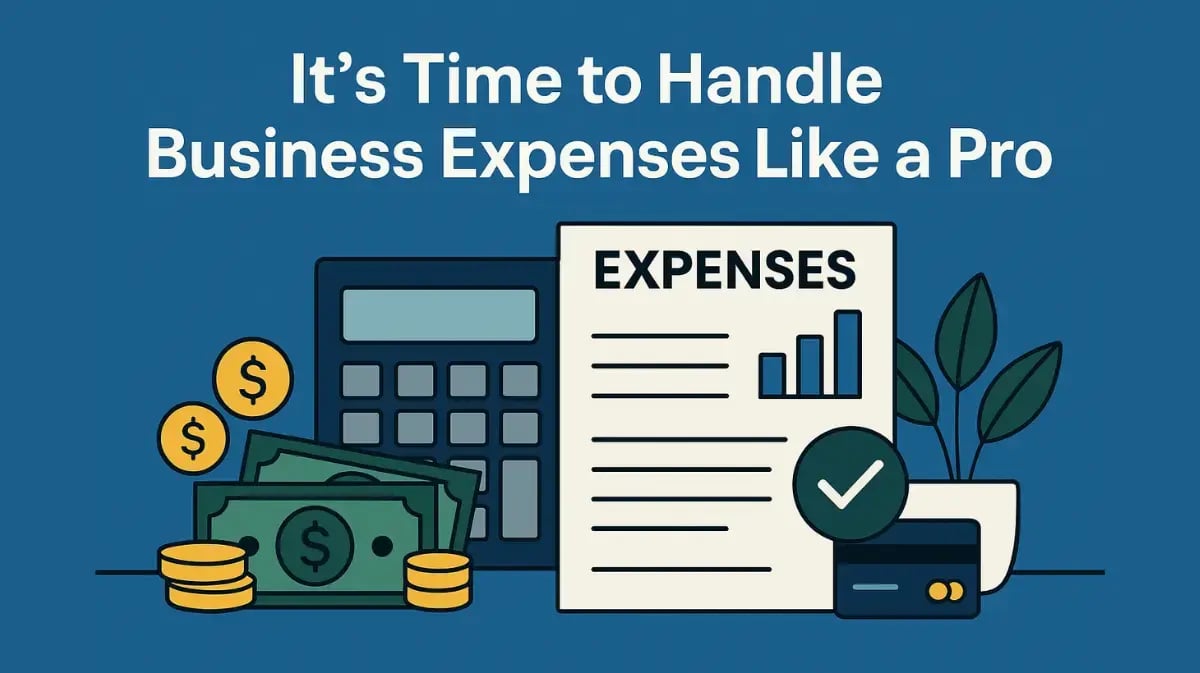Chart a Tax Course for Business Travel
April 16th, 2024
4 min read
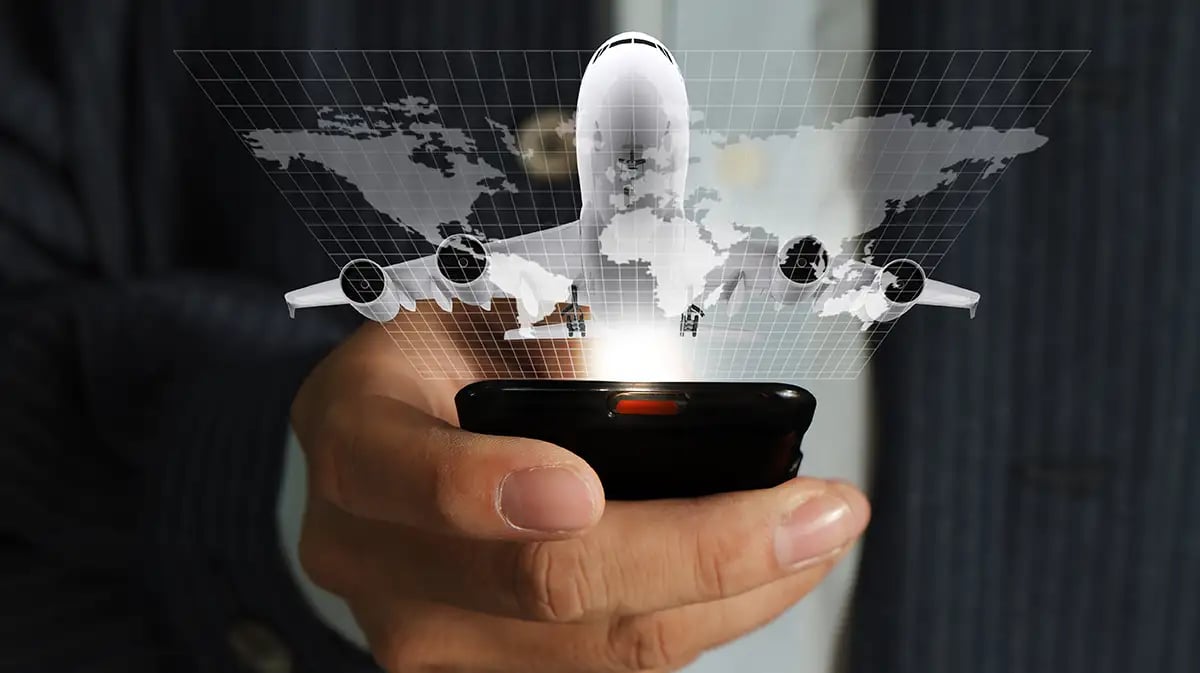
Are you planning to take a business trip this year? If your destination is known for its cultural or recreational attractions, you might want to combine some leisure with your business activities. You may still be able to enjoy plenty of tax benefits from the trip if you stick to a strict tax itinerary.
The rules for domestic and foreign business travel are generally the same. But there are a few extra twists and turns if you travel overseas.
Rules for Domestic Travel
Qualified domestic business travel expenses are deductible as "ordinary and necessary" business expenses. They must be typical of the cost incurred by your business, both in frequency and purpose. It also helps if they generate business revenue.
Notably, you can deduct business travel expenses away from your home only if the primary purpose of the trip is business-related. Deductible costs may include airfare and transportation to and from the airport. Alternatively, you may deduct the costs of traveling by car, rail, bus, ferry, or some other means. In addition, you can deduct the reasonable cost of lodging and 50% of your meals attributable to business travel.
On the other hand, if the trip is a vacation disguised as a business trip, you can't deduct any of your travel expenses. For instance, if you merely "check in" at a client's office in a distant location and then spend the next week vacationing in the surrounding area, you can't deduct any of your airfare and lodging expenses.
To prove that the trip's primary purpose is business-related, you must show that you spent more time on business than pleasure. Therefore, the number of days spent on business and pleasure is critical.
Spending more than half a day on business-related activities is treated as a business day. In addition, you can generally count the days traveling back and forth as business days for this purpose, especially if you sandwich in the personal time between business activities.
Hypothetical Example
Suppose Max leaves for a business trip on Sunday. He spends the next four days — Monday through Thursday—in client meetings. Then he relaxes on the golf course on Friday before doing some sightseeing on Saturday and Sunday. On the following Monday, Max signs a contract with a key supplier and flies home on Tuesday.
In this scenario, Max spent a total of seven days on business, including five days in business meetings and two days traveling to and from the destination. He spent only three days on personal activities. The seven business days vs. the three personal days out of the total ten days indicate that the trip's primary purpose was business-related. So, Max can deduct his business travel expenses. However, he can't deduct his golfing and sightseeing costs. Those are purely personal in nature. Generally, the costs of his lodging and meals for the personal days are also nondeductible.
Important: The bigger the difference between the number of business days and the number of personal days, the less likely the IRS will be to flag your deductions.
Tax Rules for Foreign Travel
In general, the main rules for deducting foreign travel expenses are the same as the domestic rules. That is, you can deduct business-related travel expenses, such as lodging, and 50% of the cost of your meals while traveling away from home on business overseas. Significantly, you can write off the full cost of your airfare — the entire trip back and forth — if business is the primary purpose of the trip.
However, there are special rules for deducting foreign travel expenses if you spend part of the trip on personal activities. Your round-trip airfare is completely deductible only if you meet at least one of the following four tests:
- You don't have substantial control over arranging the trip abroad. If you're an employee, you're considered to have "substantial control" if you have authority over your travel or if you own 10% or more of the company.
- You can show that taking a vacation wasn't a major reason for making the trip, even if you have substantial control over the travel.
- You're outside of the United States for one week or less.
- If the trip lasts more than one week, you spend less than 25% of your time on personal matters.
For example, Maggie plans to travel to Spain in July. She'll spend three days attending a business conference and five days meeting with clients in Madrid. She plans to spend one weekend (two days) touring towns along the Mediterranean Sea. Because she'll spend less than 25% of her time on personal activities, she can write off the full cost of airfare, along with certain other business-related travel expenses, while in Madrid.
Important: Travelers who don't meet one of these four tests must allocate transportation costs between business and personal expenses based on the business-to-personal-days ratio. Only the business portion is tax-deductible.
Going Along for the Ride
What happens if your spouse accompanies you on a business trip? Generally, a spouse's expenses are treated separately and aren't deductible. However, if your spouse is a company employee and performs business duties on the trip, you can also deduct his or her expenses. If your spouse is just tagging along for personal reasons, be aware of this special tax break: You can write off the cost of what you would have spent to travel alone, even if that's more than half of the amount you pay jointly. This tax break can add up over time. For example, if a double-occupancy hotel room costs $400 a day and a single room costs $300 a day, you may deduct $300 a day for lodging. For a 10-day trip, this provides an extra $1,000 in deductions for lodging expenses than you'd receive if you deducted half the daily cost of the hotel room. What's more, if you rent a car for business transportation, you can deduct the entire cost even if your spouse is a passenger.
Recordkeeping is Essential
The IRS requires detailed records to substantiate business travel deductions. These must include the following:
- The days you left and returned
- The number of days away from business
- The destination of the business travel
- The reason for the business trip and the relationship
- The cost of each travel expense
In addition, you must keep receipts for all lodging expenses and other business-related expenses over $75. These records are important in case the IRS challenges your deductions.
Get It Right
The rules for deducting business travel are complicated, but the tax savings can be significant. Contact your tax advisors with any questions about which costs are deductible and how to ensure you have proper documentation.
© 2024
Blog Disclaimer: Nothing in this post constitutes legal, tax, or financial advice and is intended for informational and educational purposes only. This informational and educational material is not intended, and must not be taken, as legal, tax, or financial advice on any particular set of facts or circumstances or as recommendations that are suitable for any specific person. You need to contact a lawyer, accountant, or financial adviser licensed in your jurisdiction for advice on your specific questions, issues, and concerns. View our full Terms of Use here.




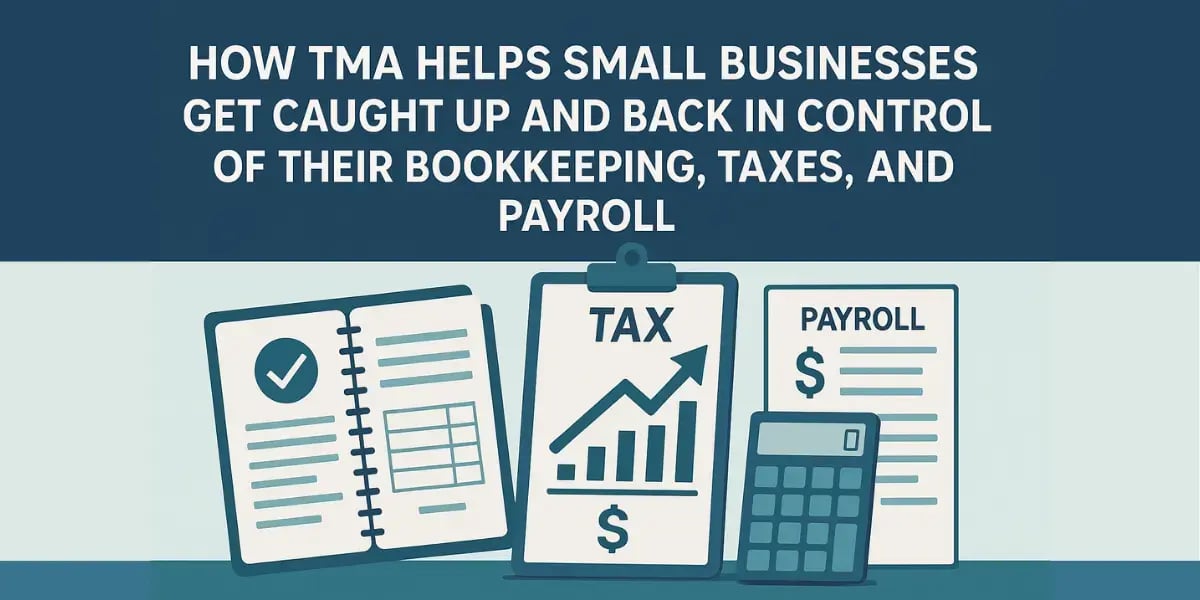

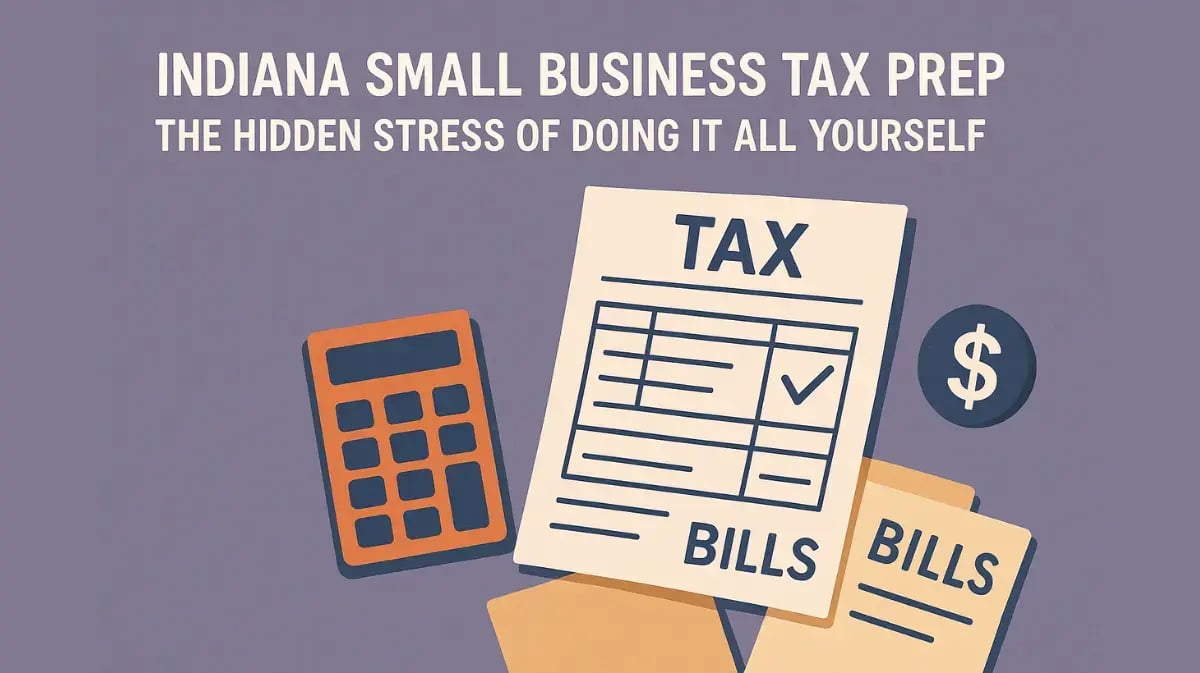





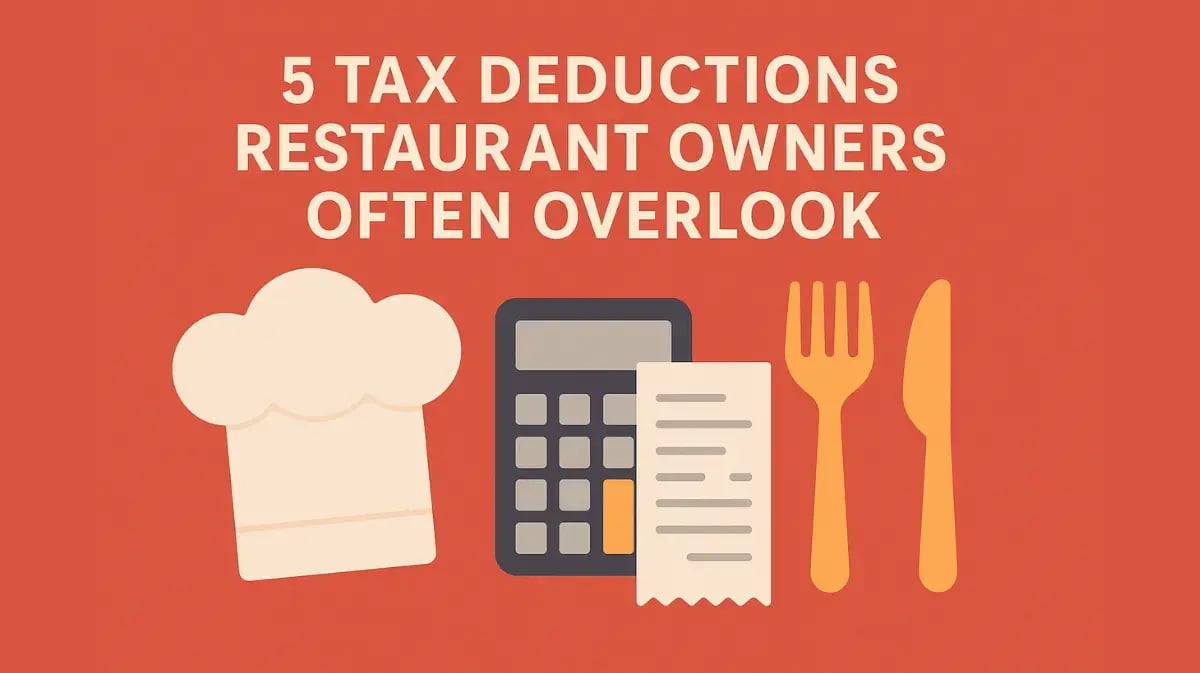


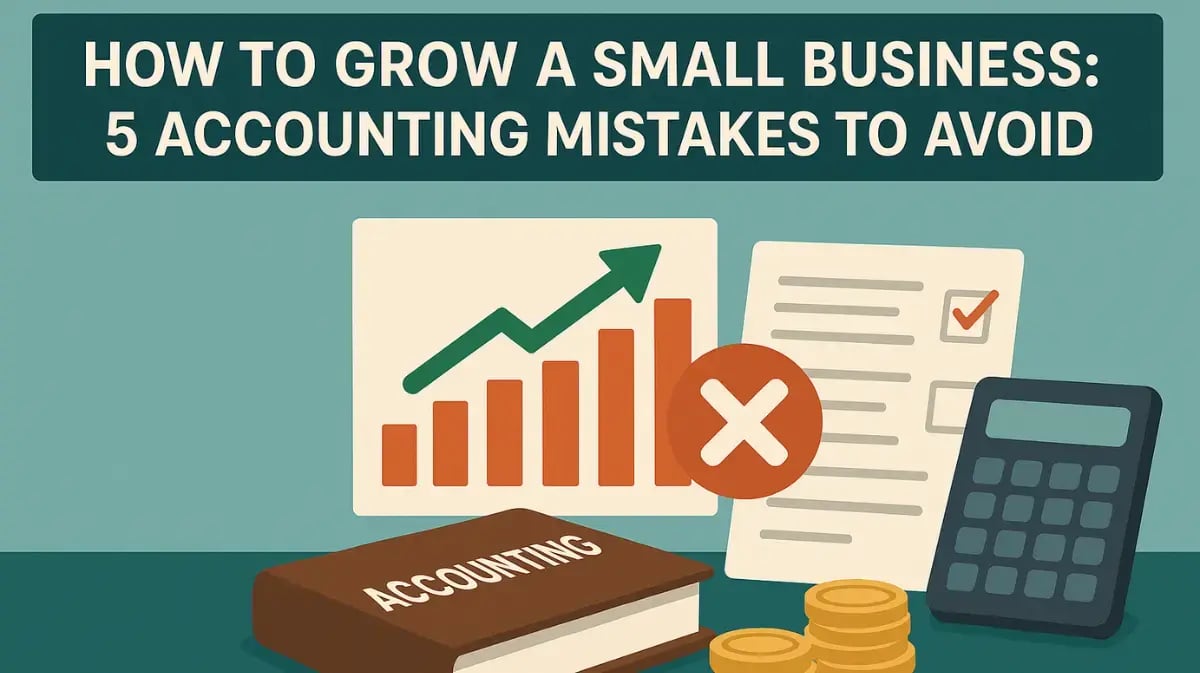
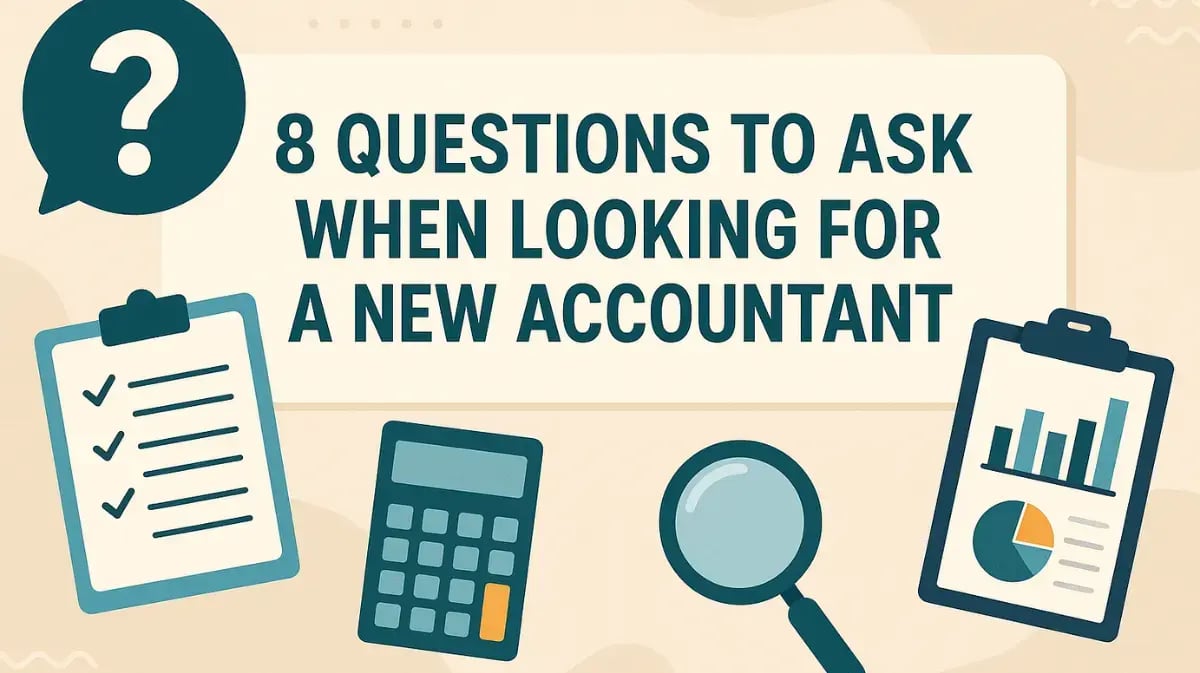
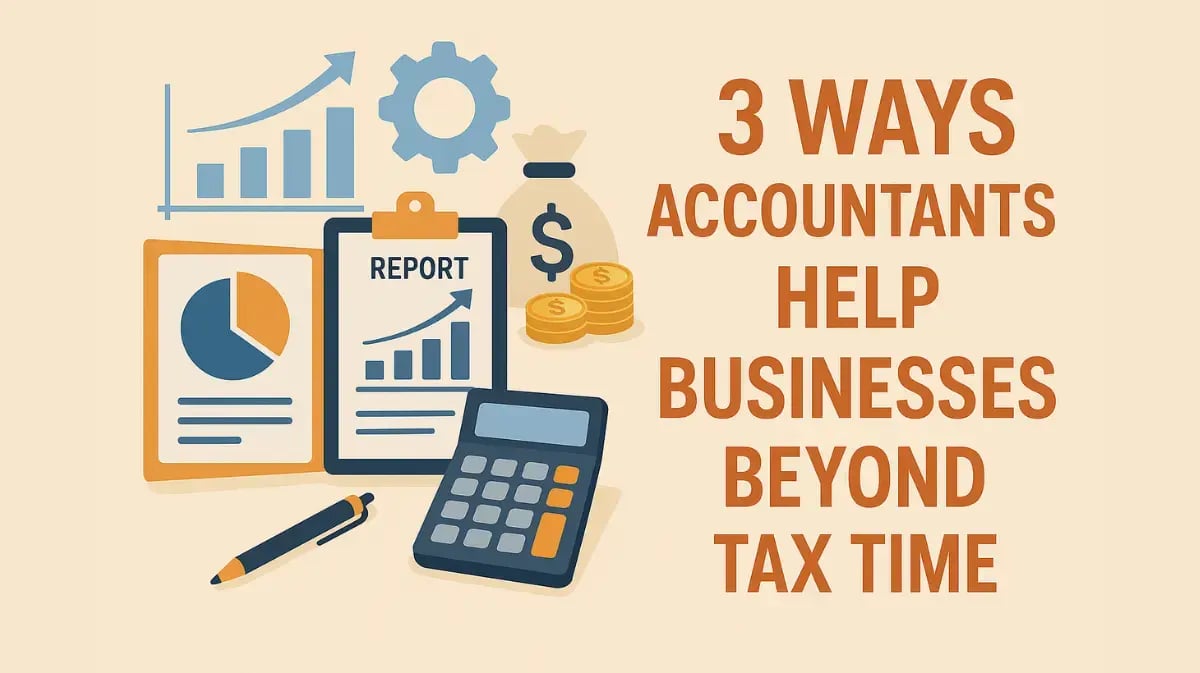
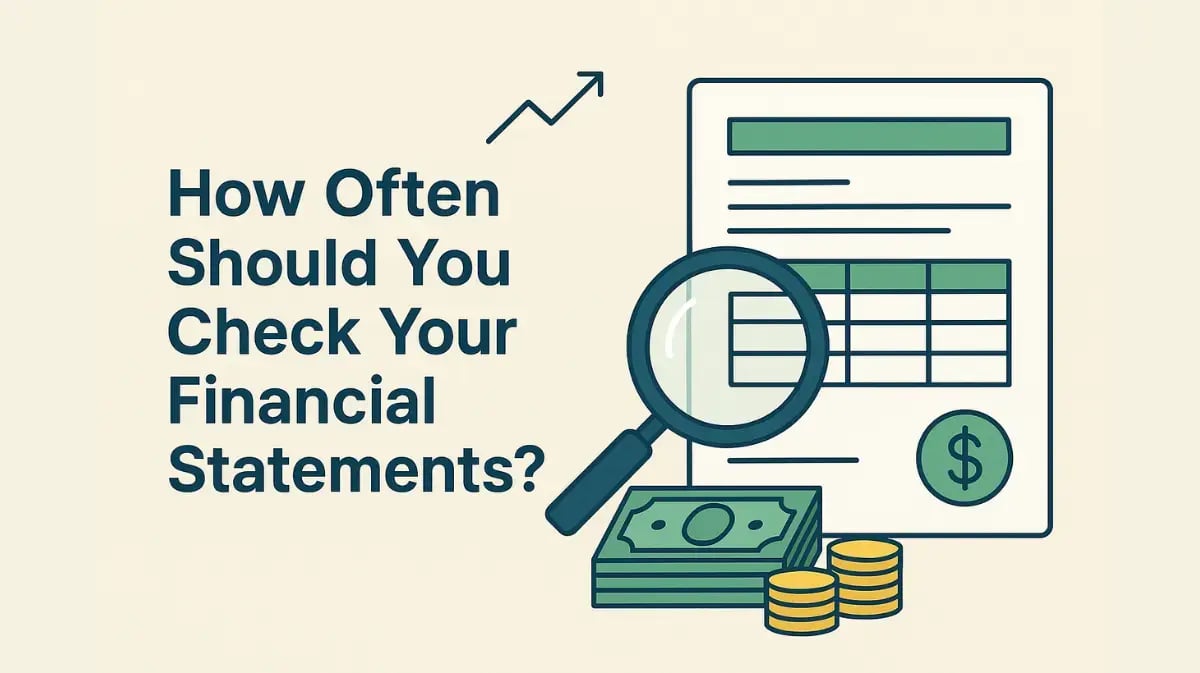
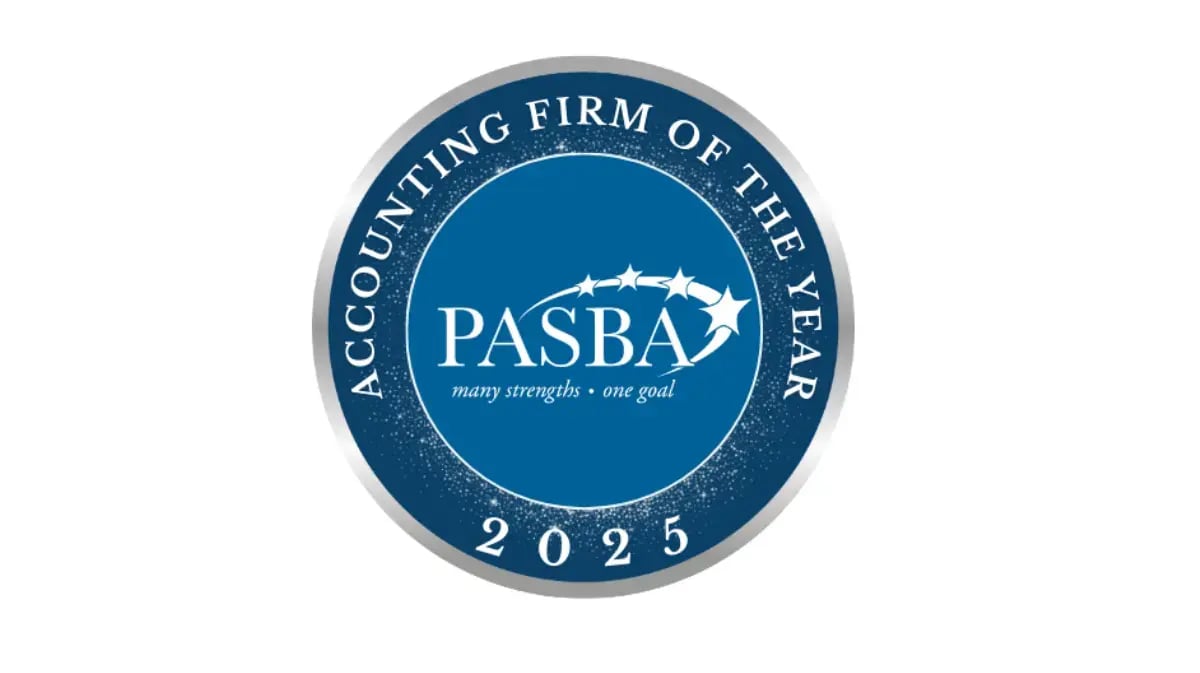

.webp?width=1200&height=673&name=5%20Common%20Accounting%20Frustrations%20(and%20How%20to%20Find%20a%20Better%20Solution).webp)

